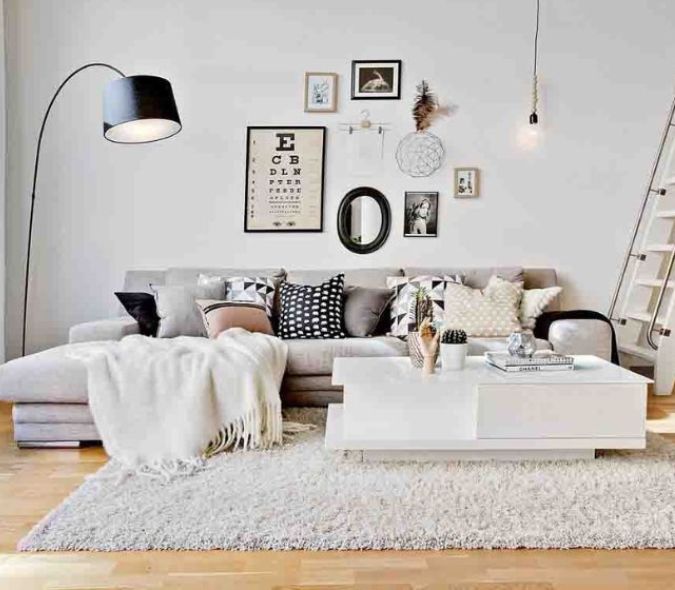Introduction: Incorporating plants into your home décor not only adds a touch of natural beauty but also brings numerous health benefits and contributes to a more sustainable lifestyle. From improving air quality to reducing stress levels, plants have the power to transform any living space into a lush and inviting sanctuary. In this blog, we’ll explore five tips for decorating with plants in your home, helping you create a green and vibrant environment that promotes well-being and harmony.
1. Choose the Right Plants: When selecting plants for your home, it’s essential to consider factors such as lighting conditions, humidity levels, and maintenance requirements. Opt for indoor plants that thrive in low-light conditions if your home doesn’t receive a lot of natural sunlight, or choose varieties that prefer bright, indirect light for sunnier spaces. Some popular low-maintenance options include snake plants, pothos, and ZZ plants, which are resilient and can tolerate occasional neglect.
Additionally, consider the size and growth habit of the plants to ensure they fit well in your space and won’t overcrowd or overwhelm the room. Whether you prefer leafy green foliage or colorful blooms, there’s a wide variety of plants to suit every taste and style, so take the time to explore different options and choose ones that resonate with you.
2. Create Stunning Displays: Once you’ve chosen your plants, get creative with how you display them to add visual interest and dimension to your home décor. Consider grouping plants together to create lush green vignettes on shelves, side tables, or windowsills, mixing and matching different sizes, shapes, and textures for added visual appeal. You can also hang plants from the ceiling using macramé plant hangers or wall-mounted planters to maximize vertical space and create a striking focal point.
Experiment with different containers and pots to complement your plants and enhance their beauty. From sleek and modern planters to vintage-inspired ceramic pots and woven baskets, there are endless options to suit any aesthetic. Don’t be afraid to play with color and texture to create a cohesive and harmonious look that reflects your personal style.
3. Incorporate Plants into Every Room: Don’t limit yourself to decorating with plants in just one or two rooms—incorporate greenery into every space in your home to create a seamless flow and bring the outdoors in. Consider placing a small potted plant on your bedside table or dresser to add a touch of serenity to your bedroom, or liven up your bathroom with humidity-loving plants like ferns or spider plants.
In the kitchen, herbs like basil, mint, and rosemary not only add flavor to your meals but also make charming and practical décor accents when displayed in stylish planters on the windowsill or countertop. Even high-traffic areas like the entryway or hallway can benefit from the presence of plants, welcoming guests with a breath of fresh air and a pop of greenery.
4. Embrace Vertical Gardening: If you’re short on space or looking to make a bold statement with your plant décor, consider incorporating vertical gardening techniques into your home. Vertical gardens, also known as living walls or green walls, allow you to grow plants vertically on walls or structures, maximizing space and adding a dramatic touch to your interior design.
There are several ways to create a vertical garden in your home, from installing modular wall-mounted planters to repurposing vertical shelving units or trellises. Choose trailing or climbing plants like ivy, philodendron, or pothos for a lush, cascading effect, or opt for compact and upright varieties if space is limited. Vertical gardens not only look stunning but also help purify the air and improve indoor air quality, making them a practical and stylish addition to any home.
5. Practice Proper Care and Maintenance: Last but not least, it’s essential to care for your indoor plants properly to ensure they thrive and remain healthy and vibrant. Take the time to learn about each plant’s specific care requirements, including watering frequency, light exposure, and humidity levels, and adjust your care routine accordingly. Overwatering is one of the most common mistakes made by plant owners, so be sure to allow the soil to dry out between waterings to prevent root rot and other issues.
Regularly inspect your plants for signs of pests, disease, or nutrient deficiencies, and address any issues promptly to prevent them from spreading. Dust the leaves of your plants regularly to keep them clean and allow them to photosynthesize more efficiently. Additionally, consider fertilizing your plants periodically during the growing season to provide them with essential nutrients for healthy growth and development.
Conclusion: Decorating with plants is a simple and effective way to bring nature indoors and enhance the beauty and livability of your home. By following these five tips for decorating with plants, you can create a green and inviting sanctuary that promotes health, well-being, and harmony. Whether you’re a seasoned plant enthusiast or just starting your indoor gardening journey, there’s something truly magical about surrounding yourself with lush greenery and embracing the beauty of the natural world within your home.
